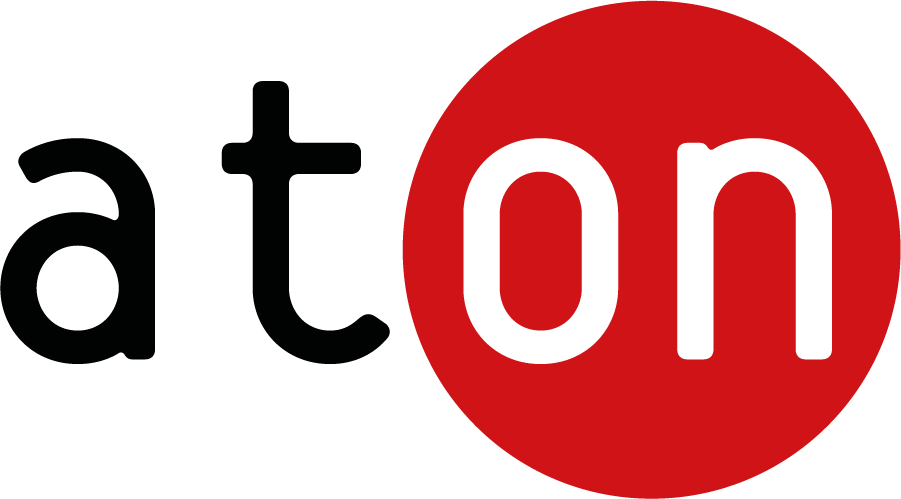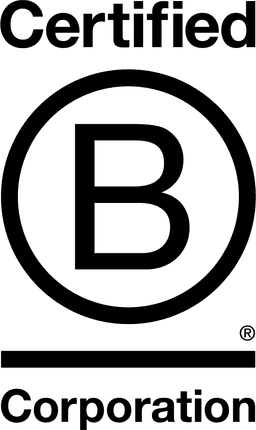

ATON S.P.A Società Benefit

Province of Treviso, Italy
February 2023
Mobile applications
Service with Minor Environmental Footprint
Italy,
Portugal,
Spain
Aton is an innovative company in the digital-IT sector with over 200 employees. It develops solutions and services for the sustainable digital transformation of omnichannel sales and corporate traceability and supply chain processes. Since its founding in 1988, Aton's mission has been to grow with its ecosystem of collaborators, customers, partners, the environment, and the community. The company aims to achieve increasing, ethical, and sustainable profits. Since 2018, Aton has been part of the international community of companies certified by Great Place to Work as a quality workplace. In 2021, it became a Benefit Corporation, integrating social (People), environmental (Planet), and economic (Prosperity) objectives into its Articles of Association. In 2023, Aton joined the community of B Corp companies committed to continuous improvement to transform the global economic system. a tech company and B Corp certified Benefit Corporation that supports businesses through the sustainable digital transformation of omnichannel e-commerce and of traceability and supply chain processes. We have been doing this for 37 years thanks to our company's beating heart: over 200 people who work every day to support businesses in the food and consumer goods, retail, fashion, industrials and energy
Overall B Impact Score
Governance 18.0
Governance evaluates a company's overall mission, engagement around its social/environmental impact, ethics, and transparency. This section also evaluates the ability of a company to protect their mission and formally consider stakeholders in decision making through their corporate structure (e.g. benefit corporation) or corporate governing documents.
What is this? A company with an Impact Business Model is intentionally designed to create a specific positive outcome for one of its stakeholders - such as workers, community, environment, or customers.
Workers 38.6
Workers evaluates a company’s contributions to its employees’ financial security, health & safety, wellness, career development, and engagement & satisfaction. In addition, this section recognizes business models designed to benefit workers, such as companies that are at least 40% owned by non-executive employees and those that have workforce development programs to support individuals with barriers to employment.
What is this? A company with an Impact Business Model is intentionally designed to create a specific positive outcome for one of its stakeholders - such as workers, community, environment, or customers.
Community 13.9
Community evaluates a company’s engagement with and impact on the communities in which it operates, hires from, and sources from. Topics include diversity, equity & inclusion, economic impact, civic engagement, charitable giving, and supply chain management. In addition, this section recognizes business models that are designed to address specific community-oriented problems, such as poverty alleviation through fair trade sourcing or distribution via microenterprises, producer cooperative models, locally focused economic development, and formal charitable giving commitments.
What is this? A company with an Impact Business Model is intentionally designed to create a specific positive outcome for one of its stakeholders - such as workers, community, environment, or customers.
Environment 7.4
Environment evaluates a company’s overall environmental management practices as well as its impact on the air, climate, water, land, and biodiversity. This includes the direct impact of a company’s operations and, when applicable its supply chain and distribution channels. This section also recognizes companies with environmentally innovative production processes and those that sell products or services that have a positive environmental impact. Some examples might include products and services that create renewable energy, reduce consumption or waste, conserve land or wildlife, provide less toxic alternatives to the market, or educate people about environmental problems.
Customers 3.6
Customers evaluates a company’s stewardship of its customers through the quality of its products and services, ethical marketing, data privacy and security, and feedback channels. In addition, this section recognizes products or services that are designed to address a particular social problem for or through its customers, such as health or educational products, arts & media products, serving underserved customers/clients, and services that improve the social impact of other businesses or organizations.